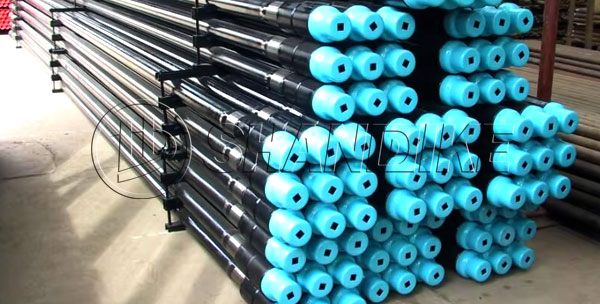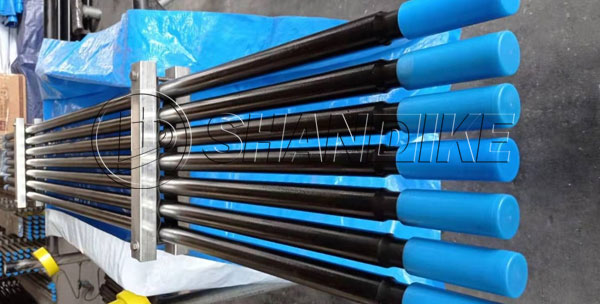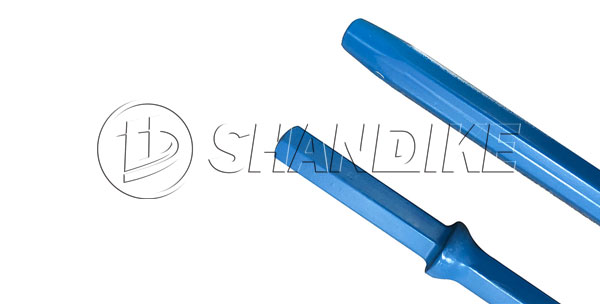What Are Rock Drill Rods and Their Differences?
Rock drill rods are specialized tools utilized in mining, construction, geological exploration, and various other industries in conjunction with rock drills and drill bits. Their primary function is to transmit the impact force and torque generated by the rock drill to the drill bit, enabling the bit to penetrate and fragment rock to create boreholes.
Types of Rock Drill Rods
Rock drill rods are categorized into various types based on their specific applications, including top hammer drill rods, down-the-hole (DTH) drill rods, and tapered drill rods.
Differences Between Types of Rock Drill Rods
- Down-the-Hole (DTH) Drill Rod
- Working Principle: DTH drilling operates by utilizing high-pressure air to drive a down-the-hole hammer, where the impact force is directly applied to the drill bit. This method is more efficient, quieter, and results in straighter boreholes compared to other drilling techniques.
- Applications: Suitable for deep hole drilling operations, such as geological exploration, water well drilling, and oil drilling, with hole depths reaching hundreds of meters or more.
- Structural Features: DTH drill rods are relatively thick and hollow, designed to transmit compressed air or hydraulic oil. They typically use threaded joints for connection.


- Top Hammer Drill Rod
- Working Principle: The working principle of top hammer drilling is similar to DTH drilling, but the impact force is applied at a different location. The impact force of the top hammer originates from the piston within the rock drill, acting on the shank adapter and transmitted to the drill bit through the drill pipe.
- Applications: Ideal for medium and shallow hole drilling operations, such as tunnel excavation, mining, and construction projects, with hole depths generally within tens of meters.
- Structural Features: Often equipped with threaded joints for easy connection and disassembly.


- Tapered Drill Rod
- Working Principle: Tapered drill rods connect to the drill bit via a taper/angle and drill the rock using both impact and rotational forces.
- Applications: Suitable for shallow hole rock drilling operations, such as small-scale mining and geological surveys. Hole depths are typically shallow and are primarily used with handheld rock drilling equipment.
- Structural Features: The end of the drill rod features a taper for connecting to a taper button bit. The design is straightforward and suitable for light rock drilling applications.


SHANDIKE: A Specialized Manufacturer of Drilling Tools
SHANDIKE is a specialized manufacturer of drilling tools, offering a range of rock drill rods with various specifications. If you are interested in our products, please contact us for more information.



